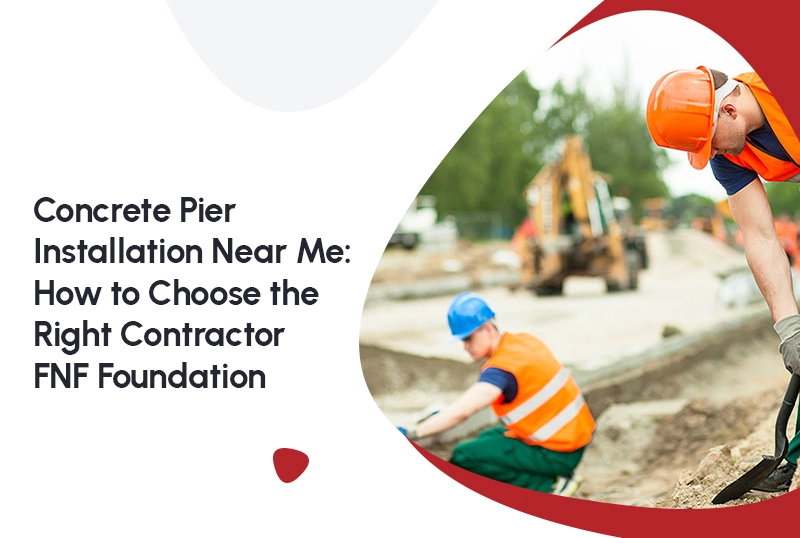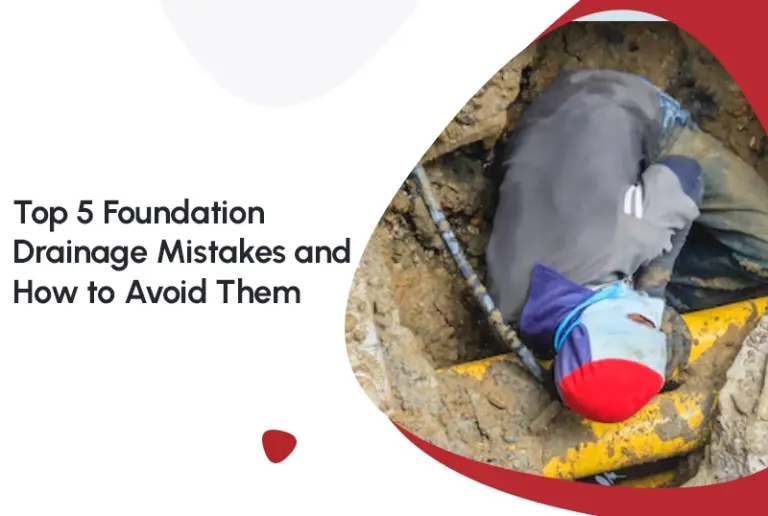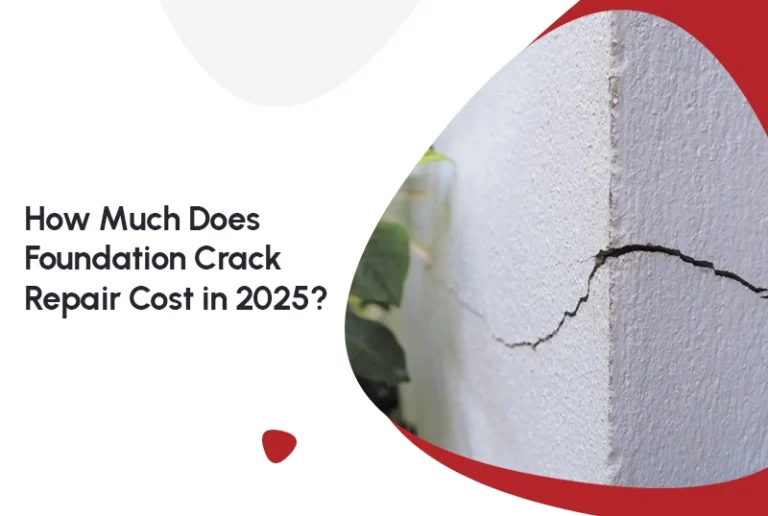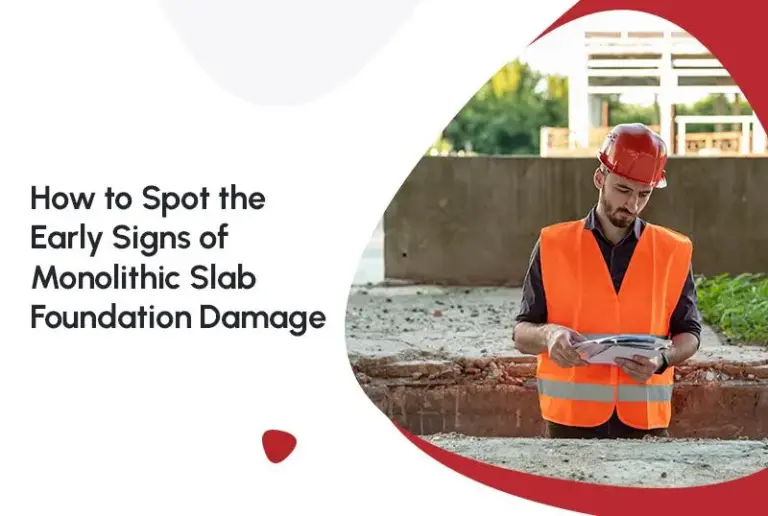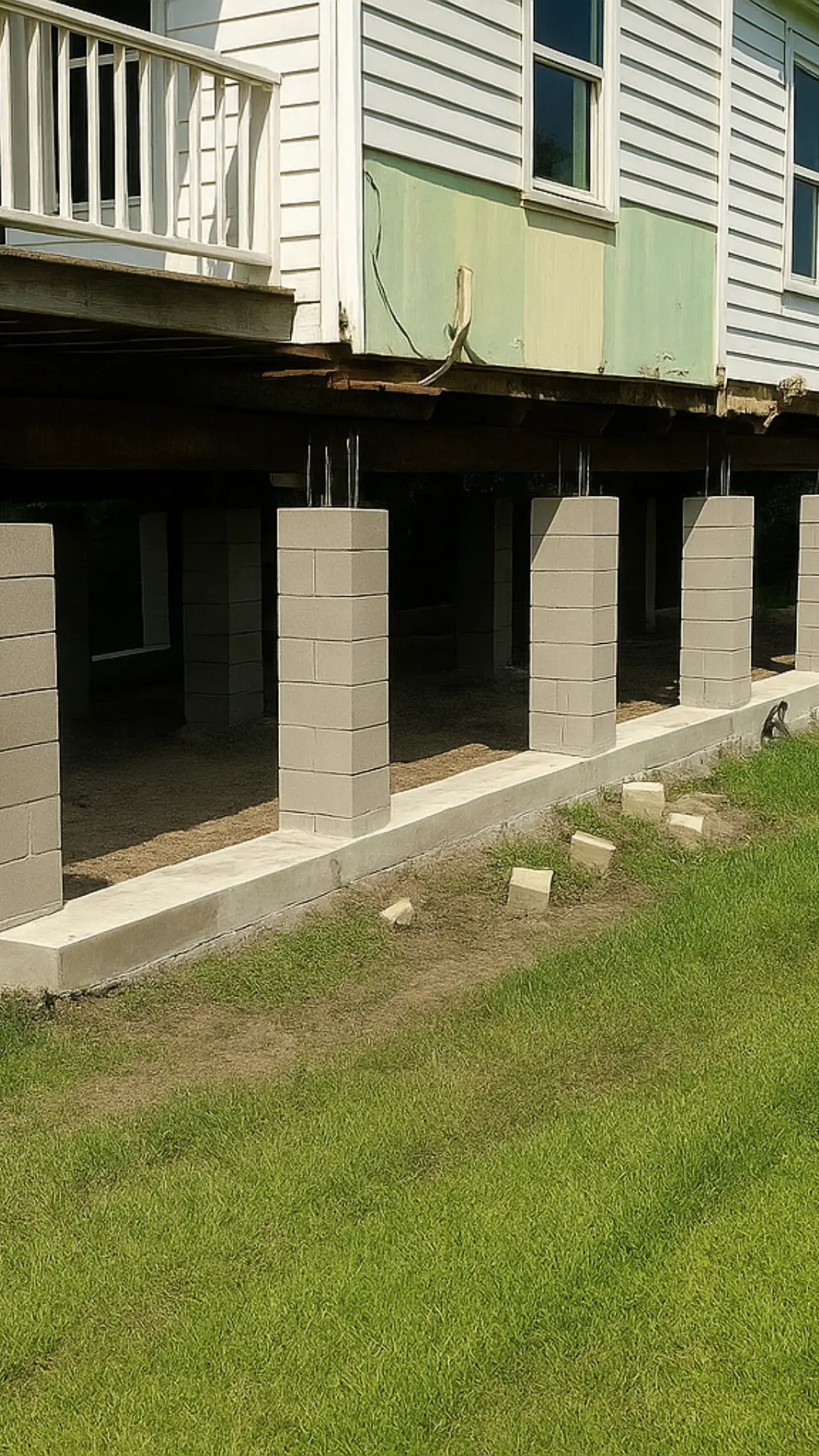Stabilizing and supporting residential or commercial buildings often starts with a dependable foundation solution—concrete pier installation. If you’re noticing uneven floors, wall cracks, or foundation settlement, concrete piers offer the deep structural support necessary to restore your property’s stability and integrity.
Foundation repair often begins with a thorough inspection to determine the severity of the issue. For many homeowners, especially those with pier and beam homes or aging structures, concrete piers are the recommended method of foundation reinforcement. But the key to long-term results lies in choosing the right contractor.
What Is a Concrete Pier?
A concrete pier is a deep foundation element made by drilling a hole and pouring reinforced concrete into it. These piers extend below the active soil layer and rest on stable ground or bedrock. This method bypasses shifting soil and ensures long-term support. It’s commonly used in areas with expansive clay or unstable ground, which is typical across Texas.
Why Quality Installation Matters
Concrete piers offer excellent load-bearing capacity and durability—when installed correctly. Poor installation can lead to misalignment, insufficient depth, and premature failure. Choosing an experienced contractor ensures your investment lasts and performs as intended.
Key Benefits of Concrete Piers:
- Long-term structural support
- High load capacity
- Cost-effective for deep foundation needs
- Minimal soil disturbance during installation
Want more information? Read here: How to Spot Foundation Problems in Your Home
How to Choose the Right Contractor for Concrete Pier Installation
Hiring the right professional is crucial. Here are key criteria to consider when selecting a contractor:
1. Experience with Concrete Pier Systems
Not all contractors specialize in concrete pier installations. Look for those who regularly work with pier and beam foundations and understand the specific needs of your property. An experienced contractor will be familiar with soil conditions, pier spacing, and reinforcement methods for lasting results.
2. Verified Credentials and Insurance
Always ensure your contractor is licensed, bonded, and insured. This protects both your home and your finances during the project. Ask for references and review online testimonials to get a clear picture of their reputation.
3. Transparent Pricing and Detailed Estimates
Reputable contractors will provide written estimates detailing all costs involved—labor, materials, timeline, and post-installation inspections. Avoid vague quotes or contractors who won’t commit to clear communication.
4. Use of Quality Materials
The integrity of your concrete pier depends heavily on the quality of materials. Make sure your contractor uses reinforced concrete and meets local building codes.
Understanding the Installation Process
A standard concrete pier installation involves the following steps:
- Site Inspection: Assessing the soil and structure to determine placement and depth
- Drilling: Boring holes to reach stable strata
- Rebar Insertion: Placing steel reinforcement for added strength
- Pouring Concrete: Filling the shaft and allowing it to cure properly
- Final Leveling: Adjusting and leveling the structure after piers have set
The crew typically completes this process over several days, depending on the number of piers and weather conditions.
What Makes a Contractor Stand Out?
Midway through your project, you’ll want to evaluate progress. A strong contractor communicates clearly, meets deadlines, and ensures each concrete pier is precisely installed. This is also when supporting services like Tunneling come into play—especially if access beneath the foundation is limited. Tunneling allows for repairs without disrupting your home’s interior, which is a critical advantage in tight spaces.
Red Flags to Watch Out For:
- Lack of permits or certifications
- Vague communication or missed appointments
- Unusually low bids (which often indicate low-quality work or hidden fees)
- No warranty or follow-up plan
Long-Term Maintenance and Warranties
A reliable contractor offers post-installation inspections and warranty options. These warranties typically cover structural performance and provide peace of mind that the concrete pier system will continue functioning as expected.
Final Thoughts
When you’re facing foundation issues, acting quickly and hiring the right professionals can make all the difference. Concrete piers provide a durable and time-tested solution for both new construction and repair. But successful results depend on the experience and expertise of your contractor.
Before making a decision, take the time to research, compare, and interview multiple contractors. Ask detailed questions about their experience, materials, and process. Investing in quality installation today means avoiding costly repairs tomorrow.
If you’re in need of a trusted professional for concrete pier installation, turn to FNF Foundation. Our team specializes in structural repair solutions that last—backed by experience, quality materials, and unmatched customer service.
For complex foundation systems and pier and beam homes, we provide tailored solutions. And in cases where underground access is limited, we also offer Tunneling services to ensure your home remains protected without unnecessary disruption.
FAQs (Frequently Asked Questions)
1. How long does concrete pier installation take?
The process typically takes 3 to 5 days depending on the size of the project and soil conditions.
2. What is the difference between concrete piers and steel piers?
Concrete piers are cast-in-place and cost-effective for certain soil types. Steel piers are driven deeper and are often used for more severe foundation issues.
3. Can concrete piers be installed under an existing home?
Yes. Contractors can install piers beneath an existing structure using special equipment and, in some cases, Tunneling techniques.
4. Are permits required for concrete pier installation?
Yes, most municipalities require permits and inspections for any structural work involving foundation repair.
5. How much does concrete pier installation cost?
Costs vary but typically range from $350 to $600 per pier, depending on depth, soil condition, and access.
